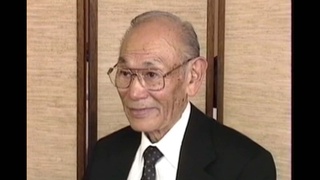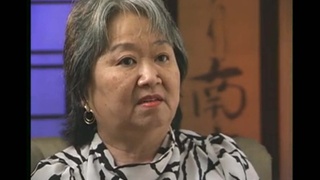Interviews
Kids activities in Crystal City
I remember playing with my friends, I guess, we would go out and collect lizards and go catch little fish, minnow, in the creek, things like that I remember. Climbing trees, and, of course, going swimming. I learned how to swim on my own, it was just a natural for me, we just went swimming. And, of course, we found out two people drowned, right? But going swimming was fun. And after swimming we would walk home, and it's a big orchard, they were growing grapefruit, and we'd just go there and help ourselves to grapefruit, I remember that. And they had lot of sugar cane growing everywhere, and oh that was good, we used to go and eat that almost every time we had a chance walking home.
I remember I went to see people having some kendo lessons. There was a school where we used to go in the morning, we all lined up in the yard and we'd do exercise like they do in Japan, I guess. Then also used to have movie nights, they used to show movies at night outside, and we used to bring food and enjoy our movie.
Date: September 20, 2019
Location: California, US
Interviewer: Tom Ikeda and Yoko Nishimura
Contributed by: Watase Media Arts Center, Japanese American National Museum and Denshō: The Japanese American Legacy Project.









